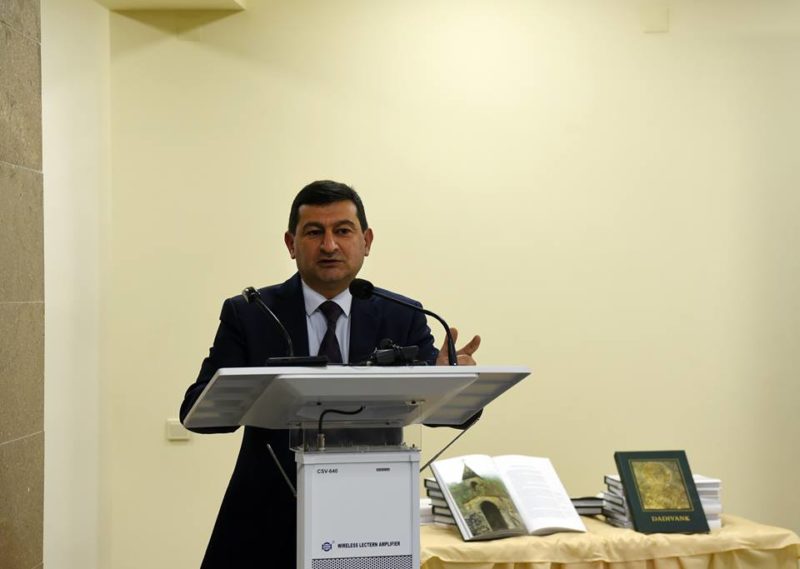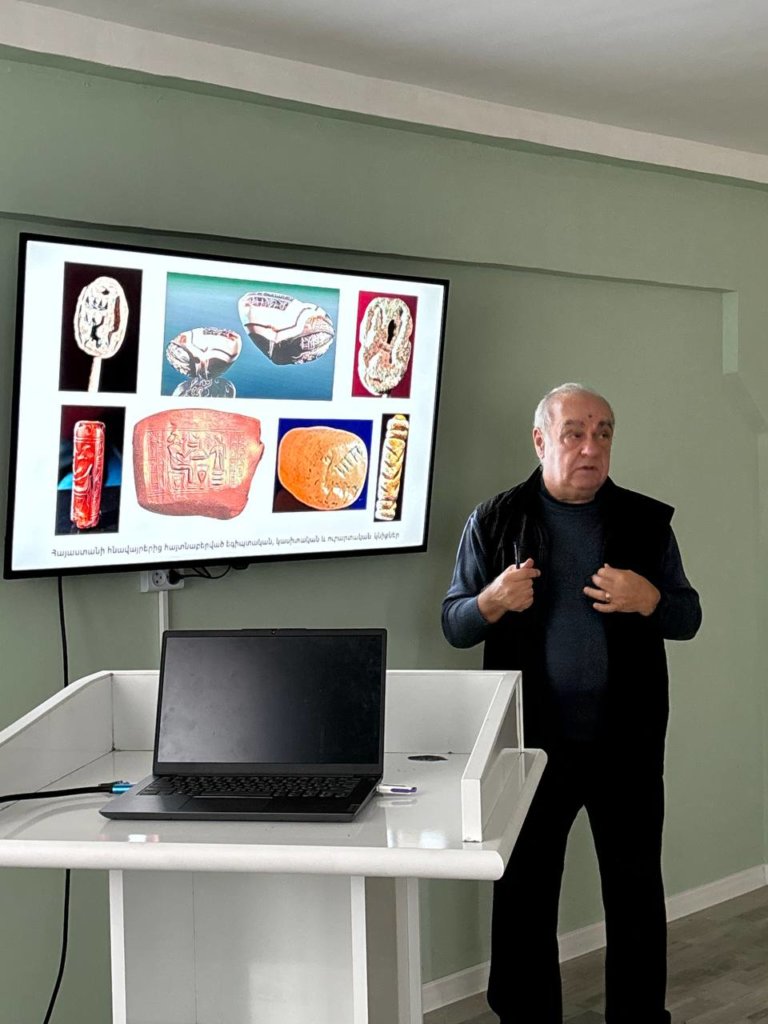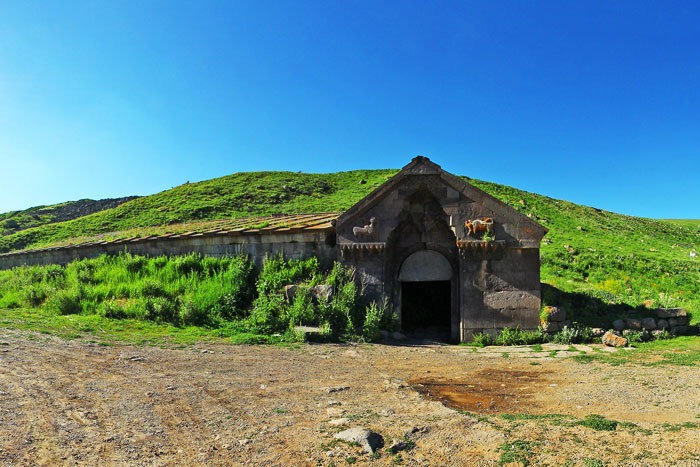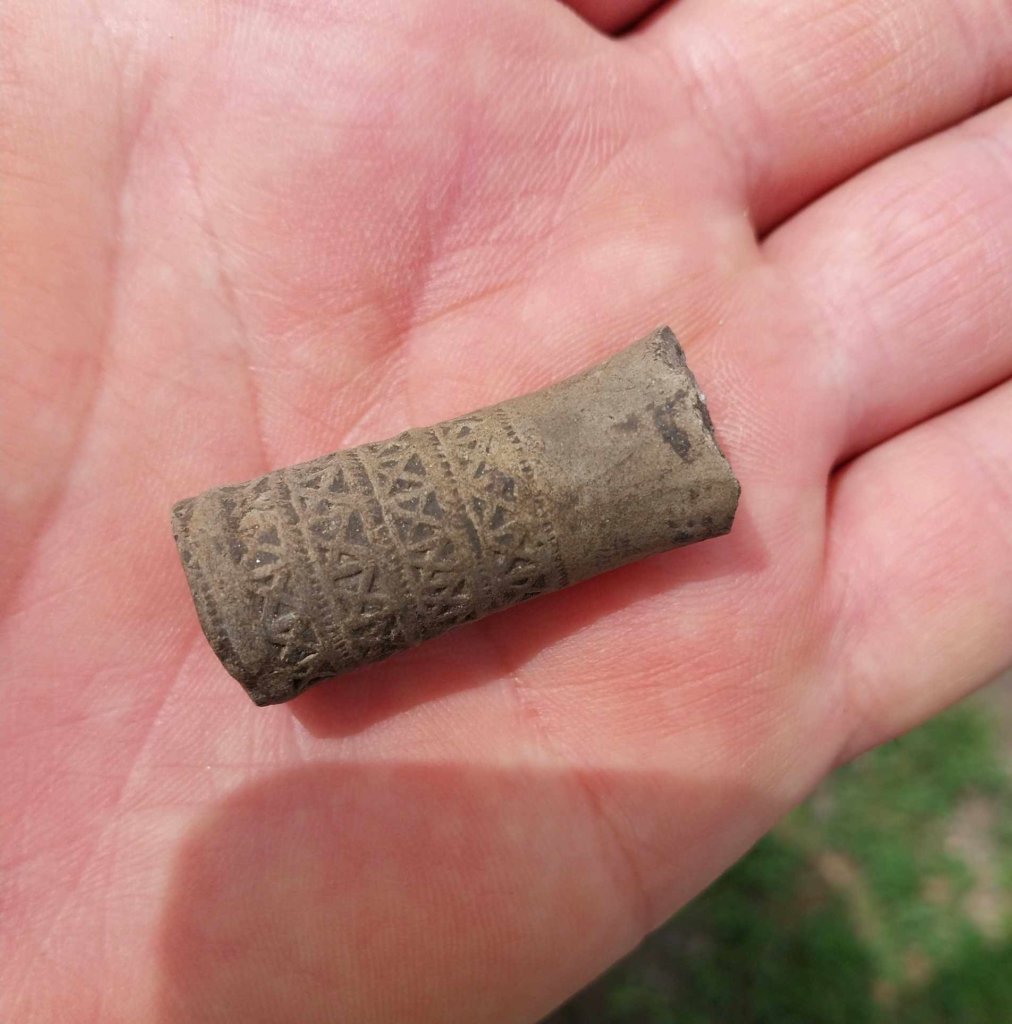In Stepanakert’s palace of culture and youth “Dadivanq. Rivived wonder” book in three languages (Armenian, Russian and English) published by the initiative of “Victoria” international fund was presented. The co-authors of the book are professor of historical sciences Karen Matevosyan, art critic Avet Avetisyan, as well as Paolo Ara Zaryan and Kristen Lamuren who restored the fresco.
Archbishop Pargev Martirosyan, the leader of Armenian Apostolic church’s Diocese of Artsakh, minister of culture and tourism of the Republic of Artsakh, deputies of NA, representatives of culture and science took part in the presentation.
“Let God keep Armenia in peace with Artsakh and its churches, which occupy their unique place in the treasury of international culture” mentioned archbishop Pargev Martirosyan in his greeting speech.
Minister Shahverdyan in his turn added that with the presentation of this book a number of cultural projects are to be implemented by the fund.
Professor of historical sciences Vahram Balayan, founder of “Victoria” international fund Gayane Gevorgyan and others also delivered speeches. Gayane Gevorgyan highlighted the fact that their fund was founded to remind the population about natural disasters, the significance of study and reservation of monuments.
Fresco has played an important role in the history of Armenian art but has not been studied for centuries. The purpose of the project devoted to the frescos of “Victoria” fund was to present that theme to a wider spectrum of discussion. “Dadivanq. Rivived wonder” book is the first step of the project. The study and professional analysis of Dadivanq’s frescos is presented in the book. The authors of articles and projects hope that this book will contribute to the popularization of one of the significant monuments of medieval Armenian art and that it will give the opportunity to the ones who are interested in the iconography of fresco and will surely become the basis for new studies.







